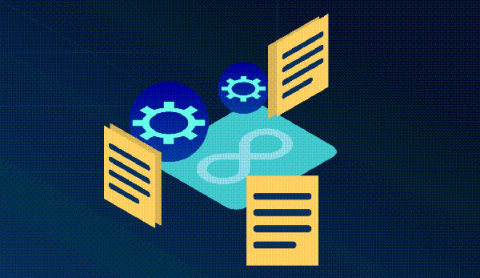Modern Tech Stacks need Multi-Format Repositories
At Cloudsmith, using Multi-tenant repositories, we provide a simple and flexible solution to deploy and distribute your software artifacts. Multi-tenant repositories allow you to store artifacts of different formats in the same place. Organize your packages by environment, project, package type, or whatever way you see fit- we are not opinionated about how you organize your packages or containers.











